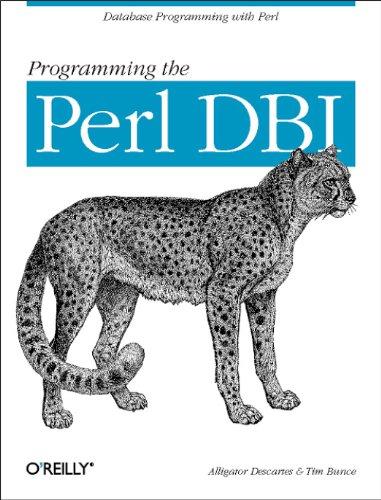Answered step by step
Verified Expert Solution
Question
1 Approved Answer
End - to - end delay. Consider the scenario shown below, with 1 0 different servers ( four shown ) connected to 1 0 different
Endtoend delay. Consider the scenario shown below, with different servers four shown connected to different clients over ten threehop paths. The pairs share a common middle hop with a transmission capacity of R Mbps Each link from a server has to the shared link has a transmission capacity of RS Mbps Each link from the shared middle link to a client has a transmission capacity of RC Mbps
Now consider the threehop path from Server to host assuming the values of Rs Rc and R given above. Assume also that a packet is bits long, and that each link has a propagation delay of microseconds microsec sec You can assume that queueing delay and nodal processing delays are zero. What is the total amount of time from when a server starts sending a packet until a host completely receives that packet?Endtoend delay. Consider the scenario shown below, with different servers four shown connected to different clients over ten threehop paths. The pairs share a common middle hop with a transmission capacity of R Mbps Each link from a server has to the shared link has a transmission capacity of RS Mbps Each link from the shared middle link to a client has a transmission capacity of RC Mbps
Now consider the threehop path from Server to host assuming the values of Rs Rc and R given above. Assume also that a packet is bits long, and that each link has a propagation delay of microseconds microsec sec You can assume that queueing delay and nodal processing delays are zero. What is the total amount of time from when a server starts sending a packet until a host completely receives that packet?
Step by Step Solution
There are 3 Steps involved in it
Step: 1

Get Instant Access to Expert-Tailored Solutions
See step-by-step solutions with expert insights and AI powered tools for academic success
Step: 2

Step: 3

Ace Your Homework with AI
Get the answers you need in no time with our AI-driven, step-by-step assistance
Get Started


